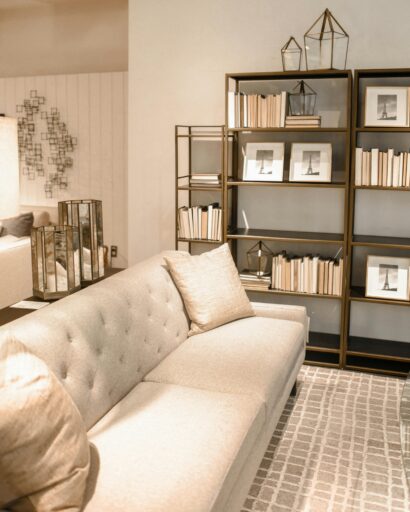When designing the perfect floor plan for your home, many aspects come into consideration. One of the most significant decisions you must make is whether you want an open idea or a traditional layout. Which sort of floorplan is best for you? To help choose between an open concept vs. standard options, let’s take a closer look at each one:
- Open concept floorplans – These plans typically feature large shared spaces with no walls dividing them. It allows for greater flexibility when arranging furniture, decorating and creating larger entertaining areas within the home. However, this can also mean less privacy if not designed properly.
- Traditional floorplans – Traditional plans usually feature separate rooms divided by walls or other partitions such as archways or columns. It allows each room to have its distinct purpose and identity while still connected through hallways or common living spaces like kitchens and dining rooms. These plans make privacy easier to maintain but may require additional furniture pieces to create distinct zones within the house.
Evaluating the aesthetics of different styles
When evaluating the aesthetics of open concept vs. traditional floorplans, there are a few key factors to consider.
Open-concept floorplans are great for creating a sense of spaciousness and allowing natural light to flow throughout the home. However, they can also make it difficult to define individual spaces and create distinct areas for different activities.
On the other hand, traditional floorplans offer more flexibility regarding zoning and representing separate locations within the home. It can benefit those who prefer a more organized layout or must accommodate multiple activities in one space. Besides, traditional floorplans frequently feature more complex details, such as crown molding and wainscoting, that can add graphic interest and texture to a room.
When selecting between open concept vs. traditional floorplans, evaluating both aesthetic tastes and practical needs is essential to determine which style best suits your home.
Cost comparison: Open vs. traditional concepts
There are a few elements to contemplate when it comes to cost comparison between open and traditional concepts.
Open-concept designs are usually more costly than traditional ones because they need more materials and labor. Open concept designs also need more furniture pieces, as well as larger pieces of furniture, which can add up fast. Besides, open-concept methods often need additional lighting fixtures and electrical work to make the space feel bright and airy.
On the other hand, traditional concepts are usually less expensive because they don’t require as much material or labor. They also don’t need as many large furniture pieces, which can help keep costs down.









